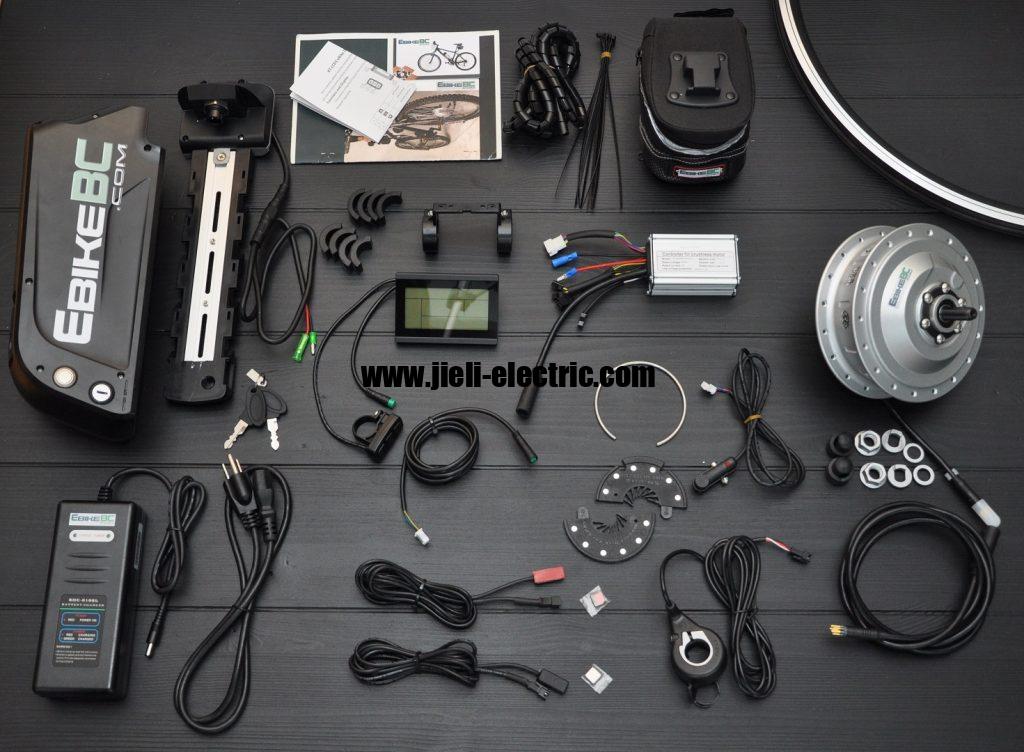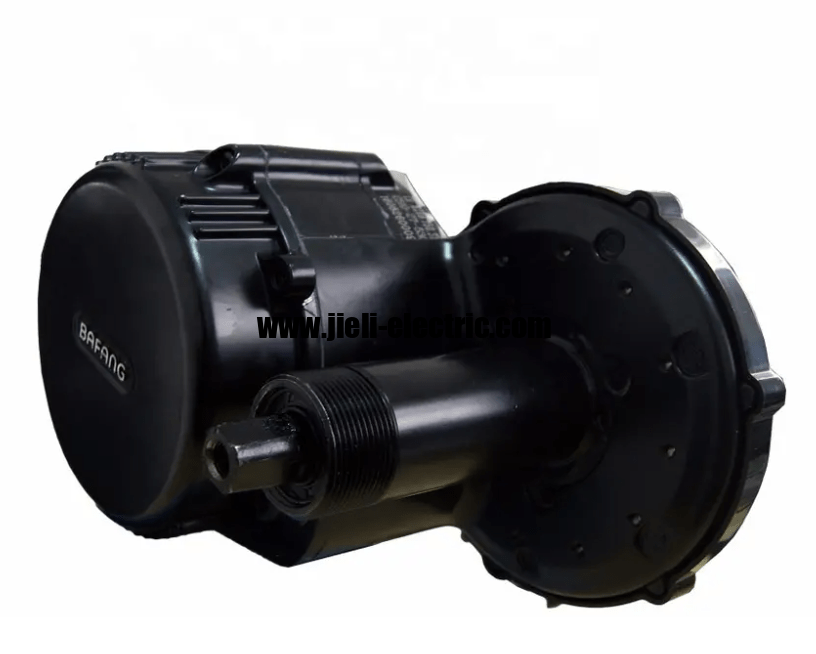As the popularity of electric bicycles, or e-bikes, continues to rise, understanding the relevant regulations in New South Wales (NSW) becomes increasingly essential for riders. A common inquiry among potential users is, "are e bikes legal in nsw?" This article aims to provide a comprehensive overview of the statutory framework governing e-bike usage, including the types of e-bikes permitted, applicable speed limits, and designated riding areas. Additionally, we will explore the licensing and registration requirements, as well as safety gear regulations that riders must adhere to. By familiarizing oneself with these regulations, e-bike users can ensure a safe and enjoyable riding experience while remaining compliant with the law.
Types of E-Bikes Allowed in NSW
The types of e-bikes allowed in NSW are categorized based on their maximum power output and speed capabilities, with specific regulations governing each category. The first category includes pedal-assist bicycles, which are limited to a maximum power output of 250 watts and can assist riders up to 25 km/h. The second category encompasses speed pedelecs, which may have a higher power output but are subject to stricter licensing and registration requirements. Additionally, e-bikes classified under the bicycle category must not exceed a certain weight limit, ensuring they remain manageable for riders. Regulations also dictate that e-bikes must have functioning pedals and that the motor must disengage when the rider exceeds the speed limit. Riders are advised to wear helmets and follow the same road rules applicable to traditional bicycles. Non-compliance with these regulations may result in penalties or restrictions on e-bike usage.
Speed Limits for E-Bikes
Speed limits for e-bikes in New South Wales are set at a maximum of 25 kilometers per hour for powered assistance, ensuring safety for both riders and pedestrians. Riders must adhere to this limit while using their e-bikes in public spaces. Exceeding the speed limit may result in penalties or fines, as it is crucial to maintain order on the roads. Local councils may implement additional regulations regarding speed in certain areas, particularly in high pedestrian traffic zones. It is essential for e-bike users to be aware of their surroundings and adjust their speed accordingly. Compliance with these regulations promotes a safer riding environment for everyone. Riders are encouraged to regularly familiarize themselves with local laws to remain informed and responsible.
Where You Can Ride Your E-Bike
E-bike riders in NSW must adhere to specific regulations regarding permissible riding areas, including bicycle paths, shared paths, and certain roadways designated for cycling. In urban environments, riders are encouraged to utilize dedicated bicycle lanes wherever available to ensure safety and compliance. Shared paths, which accommodate both cyclists and pedestrians, are also permitted, provided riders yield to foot traffic. Riding on footpaths is generally prohibited unless riders are under the age of 16 or are accompanying a child under 12. Certain local councils may impose additional restrictions, so it is crucial for riders to familiarize themselves with local laws. Additionally, e-bikes are allowed on most roads, except where explicitly prohibited by signage. Adhering to these regulations not only ensures compliance but also promotes a safer riding experience for everyone on the road.
Licensing and Registration Requirements
Licensing and registration requirements for e-bikes in New South Wales are determined by specific criteria that dictate their classification and use on public roads. Generally, e-bikes are categorized as either pedal-assist or throttle-controlled, affecting their regulatory obligations. Pedal-assist e-bikes, which provide assistance only when the rider is pedaling, do not require a license or registration under certain conditions. Conversely, e-bikes that exceed specific power or speed limits may fall under motor vehicle regulations, necessitating registration and a valid driver’s license. Riders must also adhere to safety equipment mandates, including wearing helmets at all times. Additionally, local councils may impose further restrictions or requirements based on individual community needs. Understanding these regulations is crucial for compliant and safe operation of e-bikes throughout New South Wales.
Safety Gear and Equipment Regulations
Safety gear and equipment regulations in New South Wales mandate that riders wear helmets at all times, ensuring a minimum standard of protection while operating their vehicles. Additionally, riders are encouraged to wear high-visibility clothing to enhance their visibility to other road users. The regulations also stipulate the use of lights and reflectors on e-bikes when riding at night or in low-light conditions. Protective gloves and appropriate footwear are recommended to reduce the risk of injury in the event of an accident. E-bike manufacturers are required to provide clear information on the safety features of their products. Moreover, riders must ensure that their e-bikes are equipped with functional brakes and a working bell or horn. Compliance with these regulations is crucial for promoting safety and minimizing risks associated with e-bike usage on public roads.
Rules for Riding on Shared Paths
Riding on shared paths necessitates adherence to specific rules to ensure the safety and convenience of all users. Cyclists must always give way to pedestrians, especially in crowded areas, to promote a harmonious coexistence. E-bike riders are required to maintain a safe and reasonable speed, which is typically capped at 10 km/h on shared paths. Additionally, it is imperative to signal intentions clearly to other users, utilizing hand signals when changing direction or stopping. Riders should also remain vigilant and be prepared to stop for pedestrians and other cyclists at all times. The use of headphones is discouraged, as it may impair the ability to hear surrounding traffic and alerts. Finally, it is essential to respect any signage or markings present on the shared paths, as they provide critical information for safe usage.
Penalties for Non-Compliance
Penalties for non-compliance with e-bike regulations in New South Wales can result in significant fines and potential legal repercussions for riders and manufacturers alike. Fines can vary based on the specific violation, with some instances resulting in penalties exceeding several hundred dollars. E-bike riders found violating regulations, such as failing to wear helmets or riding on prohibited paths, can face on-the-spot fines issued by law enforcement. Manufacturers may also be held accountable for non-compliance, particularly if their products do not meet safety standards outlined in the legislation. Repeat offenders may incur escalated penalties, including increased fines and possible restrictions on future riding activities. Moreover, non-compliance could lead to legal liabilities in cases of accidents or injuries involving e-bikes. Therefore, it is imperative for both riders and manufacturers to remain vigilant and informed regarding the evolving e-bike regulations in New South Wales.
Insurance Requirements for E-Bikes
Insurance requirements for e-bikes in New South Wales are essential for ensuring adequate protection for both riders and third parties in the event of an accident. Riders are encouraged to obtain insurance that covers liability, personal injury, and property damage. Specific policies may vary in terms of coverage limits and exclusions, necessitating careful examination by the rider. Additionally, some insurance providers offer tailored packages designed specifically for e-bike users, reflecting the unique risks associated with their use. It is also important for riders to be aware that certain types of e-bikes may require different insurance considerations based on their classification and speed capabilities. Compliance with insurance regulations not only safeguards the rider but also promotes responsible usage within the community. Ultimately, having appropriate insurance contributes to a safer and more accountable e-bike environment in New South Wales.
Recent Changes to E-Bike Regulations
Recent changes to e-bike regulations in New South Wales have introduced new parameters aimed at enhancing compliance and user responsibility. These amendments include stricter speed limits for certain e-bike categories, ensuring that safety is prioritized on shared pathways. Additionally, the new regulations mandate the use of helmets for all riders, reinforcing the commitment to rider protection. The requirements for e-bikes to be equipped with functioning lights and reflectors have also been tightened to improve visibility during low-light conditions. Furthermore, local councils have been empowered to set additional restrictions in designated areas, allowing for tailored approaches to e-bike usage. The changes also emphasize the importance of rider education, encouraging users to familiarize themselves with the updated rules. Overall, these reforms aim to foster a safer environment for all road users while promoting responsible e-bike operation.
Frequently Asked Questions
What are the environmental benefits of using e-bikes compared to traditional vehicles?
E-bikes offer significant environmental advantages over traditional vehicles by producing zero tailpipe emissions, thereby reducing air pollution and greenhouse gas contributions. Additionally, their energy efficiency results in lower energy consumption per mile traveled, further minimizing the ecological footprint associated with transportation.
How do e-bike regulations in nsw compare to those in other australian states?
E-bike regulations across Australian states vary significantly, with some jurisdictions implementing stricter guidelines regarding power limits, helmet usage, and riding locations. In comparison, New South Wales tends to have a more lenient approach, allowing for broader use of e-bikes while still adhering to essential safety standards.
What should i do if i encounter an issue with an e-bike rental service?
If you encounter an issue with an e-bike rental service, it is advisable to first document the problem thoroughly, including photographs and written descriptions, to support your case. Following this, you should promptly reach out to the rental service’s customer support to seek a resolution, and if necessary, escalate the matter to relevant consumer protection agencies.
Conclusion
In conclusion, understanding the regulations surrounding e-bikes in New South Wales is essential for ensuring safety and compliance among riders. The classification of e-bikes, along with their specific requirements for licensing and registration, underscores the importance of adhering to local laws and regulations. Moreover, the emphasis on safety gear, including mandatory helmet use and recommended visibility measures, highlights a commitment to rider protection. Familiarity with permissible riding areas and speed limits further contributes to a responsible and safe riding environment. Ultimately, the evolving landscape of e-bike regulations necessitates ongoing awareness and adaptation by riders to foster a culture of safety and accountability.
If you’re interested in the legal aspects of e-bikes in NSW, you might also want to explore the numerous advantages of using e-bikes on campus. Understanding how e-bikes can enhance your commuting experience and contribute to a more sustainable environment is invaluable. For more insights, visit this informative page on the benefits of using e-bikes on campus.


